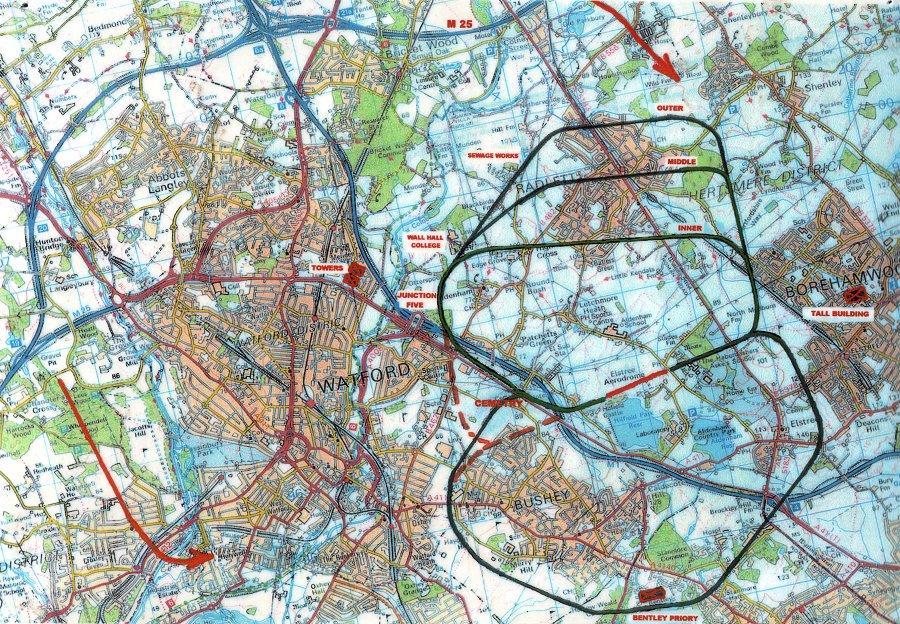Pilot_DAR wrote:
considering the consequences of an engine failure on final if the approach is power on flat
Yes I agree, but that means there will be no single engine IFR for you nor flying over extended water to see those islands in the first place  (of course between us you can put the big worry on single engine failures for one single flight and go ahead and enjoy it, just once…)
(of course between us you can put the big worry on single engine failures for one single flight and go ahead and enjoy it, just once…)
It’s highly subjective: for me ditching on flat warm water near the shores is OK, hitting tress on 3deg flight path to a farm strip is not OK
When we did it we were already wet from previous swim, I was wearing the snorkelling kit and my Mrs was on bikini 
Next day, we did a whole 4h flight at 1000ft following islands line, I don’t think ditching would have been that bad as water temperature was 36deg
Ted wrote:
65knots established on base for you typical 152 allows for a nice tight circuit if done correctly. (no problem at all to keep up with tb20 )
I never got why people celebrate a “nice tight circuit”. The shape of the circuit is determined by the VFR approach plate of the airport. In Germany at least you are expected to follow this predetermined circuit as far as possible. At my home base, you will get a good bollocking if you fly a “nice tight circuit”.
Germany is different  Most countries aren’t so strict about circuits. In fact most must have general guidance rather than a very strict path.
Most countries aren’t so strict about circuits. In fact most must have general guidance rather than a very strict path.
The reason for keeping it tight is to make it more likely that you can make the field in the event of a power failure.
dublinpilot wrote:
The reason for keeping it tight is to make it more likely that you can make the field in the event of a power failure.
And to stay inside the ATZ! :)
Some students fly really wide ones, as one of my instructors calls them “scenic circuits”. :)
At Elstree EGTR this is determined by the noise abatement and you really need to follow that path…
MedEwok wrote:
At my home base, you will get a good bollocking if you fly a “nice tight circuit”.
What rules would you be breaking if you turned cross wind at 500ft AGL, turned downwind 45 degrees from the upwind threshold continuing your climb if necessary, establish normal cruise, a constant track downwind with reasonable spacing, for base, Initiating your turn to base at 45 degrees to the threshold, establish flaps 20 and 65kts, aiming to complete the final turn at 500ft AGL then continuing to maintain the correct glide path, track and speed to the flare ? Complying with any noise abatement restrictions and or ATC may well vary this, but the principles can remain the same. For example if the restrictions require a long final then it may make sense to vary this, for example training should include how to join the circuit on final from any height, or stuff like an oblique base etc.
It is essential to give a student demonstrable goals.
A tb20 won’t normally be looking to establish normal cruise speed on the downwind.
Rwy20 wrote:
In order to stay on the glide path for example.
arj1 wrote:
To stay on PAPI glide path?
I say again…. why would you want to do this if you are VFR?
Why would you drag it in on a 3 deg glide path with all the risk that entails when you are VFR?
Note: VFR. Not IFR.
Regards, SD..
@Ted, you’d break many rules at Elstree!
The diagram: http://www.starsfly.co.uk/images/circuit_big.jpg

skydriller wrote:
arj1 wrote: To stay on PAPI glide path?I say again…. why would you want to do this if you are VFR?
Why would you drag it in on a 3 deg glide path with all the risk that entails when you are VFR?
Note: VFR. Not IFR.
I don’t know… because that way you KNOW you are not going to get below that path and at some airfields you are not allowed to go below that glidepath.
OK, so you dont fly a tight circuit for noise abatement (which I actually think is counter productive for reducing noise, but hey) but on a large circuit like that you dont need to start your decent from circuit height until final if the circuit is that large…why would you drag it in low and slow on power (annoying the neighbours even more) when you can do a low power/glide approach??